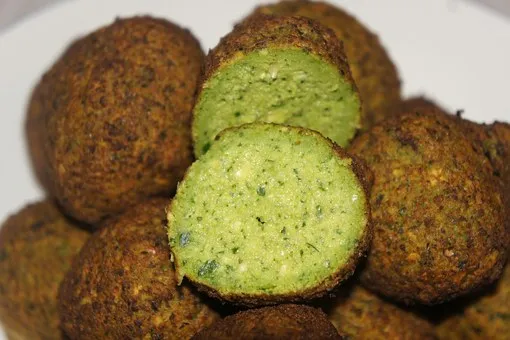Introduction: Kuwait’s Pearl Diving History
Kuwait’s pearl diving history dates back to the early 18th century, when the people of Kuwait relied heavily on the pearl industry for their livelihood. Pearl diving was a dangerous occupation that required physical stamina, endurance, and courage. The pearl divers would dive into the depths of the sea for hours at a time, using only a rope and a stone weight to descend to the ocean floor. Despite the risks involved, pearl diving was a lucrative business, with Kuwait becoming one of the world’s leading pearling centers.
Pearl Diving and the Kuwaiti Diet
The pearl diving industry had a significant impact on the Kuwaiti diet, with seafood becoming a staple of Kuwaiti cuisine. The divers would bring back a variety of fish, crabs, and other sea creatures, which were then prepared in a variety of traditional dishes. These dishes often featured a blend of spices and herbs that added flavor and aroma to the seafood, as well as to other dishes.
The Role of Seafood in Kuwaiti Cuisine
Seafood has always played a prominent role in Kuwaiti cuisine. The traditional Kuwaiti diet consists of a variety of fish, shrimp, and crab dishes that are prepared using a combination of spices and herbs. Some of the most popular seafood dishes in Kuwait include machboos samak, a spicy rice dish with fish, and zubaidi, a type of fish that is baked or grilled and served with rice and vegetables. In addition to seafood, Kuwaiti cuisine also includes a variety of meat and vegetable dishes that are flavored with spices and herbs.
Traditional Dishes with Pearl Diving Roots
Many traditional Kuwaiti dishes have their roots in the pearl diving industry. For example, machboos samak, one of the most popular seafood dishes in Kuwait, is believed to have been invented by pearl divers. The dish is made by cooking fish in a blend of spices and herbs, then adding rice and water to create a flavorful and aromatic rice dish. Other traditional dishes with pearl diving roots include hamour, a type of fish that is often grilled or baked, and maraq samak, a fish soup that is seasoned with spices and herbs.
The Impact of Pearl Diving on Spices and Flavors
The pearl diving industry had a significant impact on the use of spices and herbs in Kuwaiti cuisine. The divers would often bring back spices and herbs from their travels, which were then used to flavor their dishes. Some of the most commonly used spices in Kuwaiti cuisine include cumin, turmeric, cardamom, and saffron. These spices add depth and complexity to the dishes, creating a unique and flavorful cuisine.
Conclusion: Kuwait’s Culinary Heritage
The pearl diving industry played a significant role in shaping Kuwait’s culinary heritage. Seafood became a staple of Kuwaiti cuisine, with traditional dishes featuring a blend of spices and herbs that added flavor and aroma to the dishes. The industry also had an impact on the use of spices and herbs in Kuwaiti cuisine, with a variety of exotic spices being used to create unique and flavorful dishes. Today, Kuwaiti cuisine continues to evolve, with new dishes being created while still honoring the traditional roots of the pearl diving industry.



